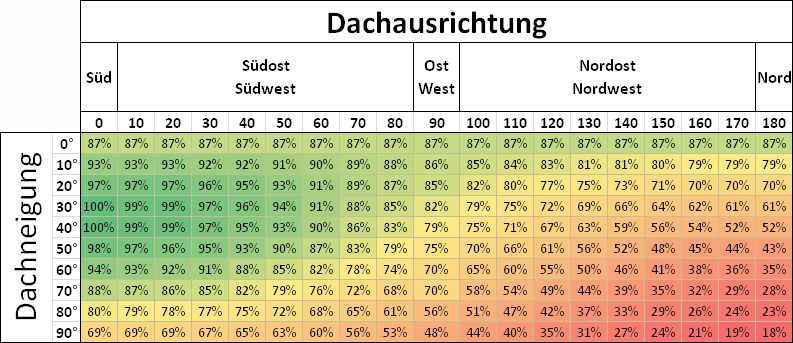Raspberry Pi runs with solar power – Part 2
In this article I will sum up all costs for this project. Solar power is nice, because it is free power. But the other side is, that we need additional hardware to get solar power. For this we need to invest some money and currently solar cells are not very cheap. So this project will be profitable after some years. My question is: is it a good idea? A nice article about the same question can be found here.
Solar panel calculation
For our calculation, I did some assumptions. The first thing is that a Raspberry Pi uses 3,5 Watt of power for the whole time. I assume, that the Pi always runs under maximum load. The other thing is that out Raspberry Pi runs without break 24 hours a day. Often your Pi would not run under maximum load. Instead in a low power mode. I assume, that a Pi does not have such mode (which I found out is true).
Best Case Scenario
Your Raspberry Pi runs whole day and is available every minute. It doesn’t do a lot of work. Most of the time it is waiting. It only does some things like backup, show websites, save data and computes some values. It only needs as much power as needed from USB plug. Always the minimum if possible.
In summer, the sun shines about 10 hours a day. It is midday and there are no clouds.
Solution
For this scenario, we only need a small solar power station. A voltage of 5V and about 200 to 300 mA should be enough to power our Raspberry Pi. For this you only need:
- a small 10 Watt solar power station
this solar panel delivers about 600 mA in sun and 200 mA in shadow. - a charge controller for our solar cell
this is needed to prevent an overvoltage of our Pi.
With this, a Raspberry Pi should get enough power to run in sunlight.
Worst Case Scenario
The worst case scenario is the following. Our Raspberry Pi runs und full load and needs as much voltage as possible. This may happens if we did some calculations, Bitcoin mining, decoding or encoding video data, stream videos, … our CPU is used with 100% and all external devices are used. For this we need maximum energy.
In our worst case scenario, it is night and winter. So there is no sunlight and during the day, it was cloudy and foggy.
Solution
For this case, we also need a battery and we should hope, that it was charged during the day. For only indirect sunlight, we need a much greater and more powerful solar cell:
- a 200 Watt solar power station
this one is much more expensive, but it has also much more power. A charge controller is included. - a plumb battery
this battery has 33 Ah and has power to run your Pi some days.
At this scenario, you have to consider, that you solar power may gets not enough power to fully recharge your battery. So you may need to load this battery from time to time with power from your power outlet.
Attention! All data and facts are from vendors or manufacturers. You may also need to consider a correct orientation of your solar panel, because there are massive differences if it is aligned with the false angle and false direction. An example gives you this diagram:
I hope this example helps you to plan your solar power station for your Pi. The next part is about a solution that I did and that actually worked!





